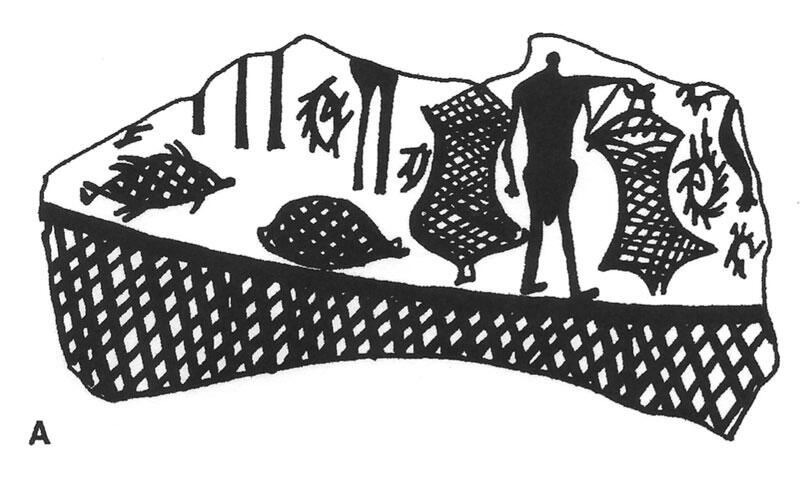"Fish remains from archaeological sites have the capacity to offer a tremendous amount of information on social issues in addition to the more traditional goals of subsistence studies related to procurement strategies and seasonality," writes the author, and then continues "In some regions of the world, fish have been and continue to be an important symbol that permeates many religious and cognitive traditions" (p. 1). The importance of this paper is precisely in connecting the two - the evidence from the ground, with the pervasive fish symbolism that other scholars, like Asko Parpola, have so ably (if still not with the burning proof skeptics demand) connected to various Dravidian linguistic and Hindu religious words and practices. Belcher, himself an expert on fish remains and social practices in the Indus region based on years of work at Harappa, manages to bring the two axes together very nicely, reaching into clues on the bindi or red mark placed on married women's foreheads for example, to the evidence on seals and token of fishing technologies like the fish weights still used by contemporary Punjabi and Balochi fishermen. For a clear and concise summary of the evidence, iconography and traces in modern life of the long, deep association of fish and fish symbolism and culture in South Asia, there is no better place to go than this article.
Abstract
Food, like other aspects of ‘material culture’ contains embedded information in it related to cultural participants and their beliefs. Through the examination of the ethnographic and historic symbolism of specific foods, we can gain a greater understanding of the role of food in a larger cultural context, such as its relation to ritual, hierarchical structure as well as subsistence. Food and its preparation can contain symbolic information that reflects different aspects of a given society, including social and ethnic affiliations, religious beliefs, and social relationships between individuals and groups. Within a South Asian context, fish have been, and continue to be, an important symbol that permeates various aspects of a society. With some level of cultural continuity within the region, various contemporary attitudes and beliefs concerning fish are discussed as well as an examination of fish remains and symbolic representations of fish that are found within the Indus Valley Tradition of northwestern India and Pakistan, (c. 3000 to 1700 BC).
Above: Pottery sherd from Stratum VI, Mound AB (Vats 1940: pl. LXIX: 16)

